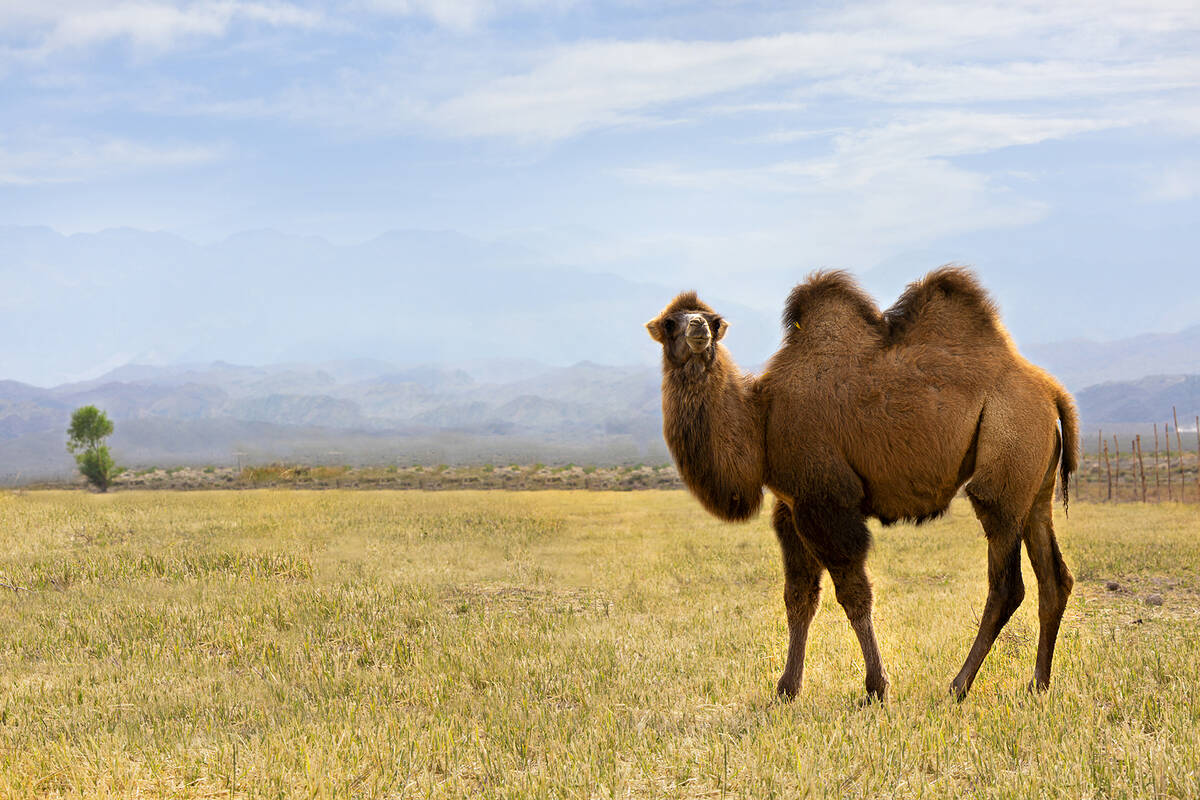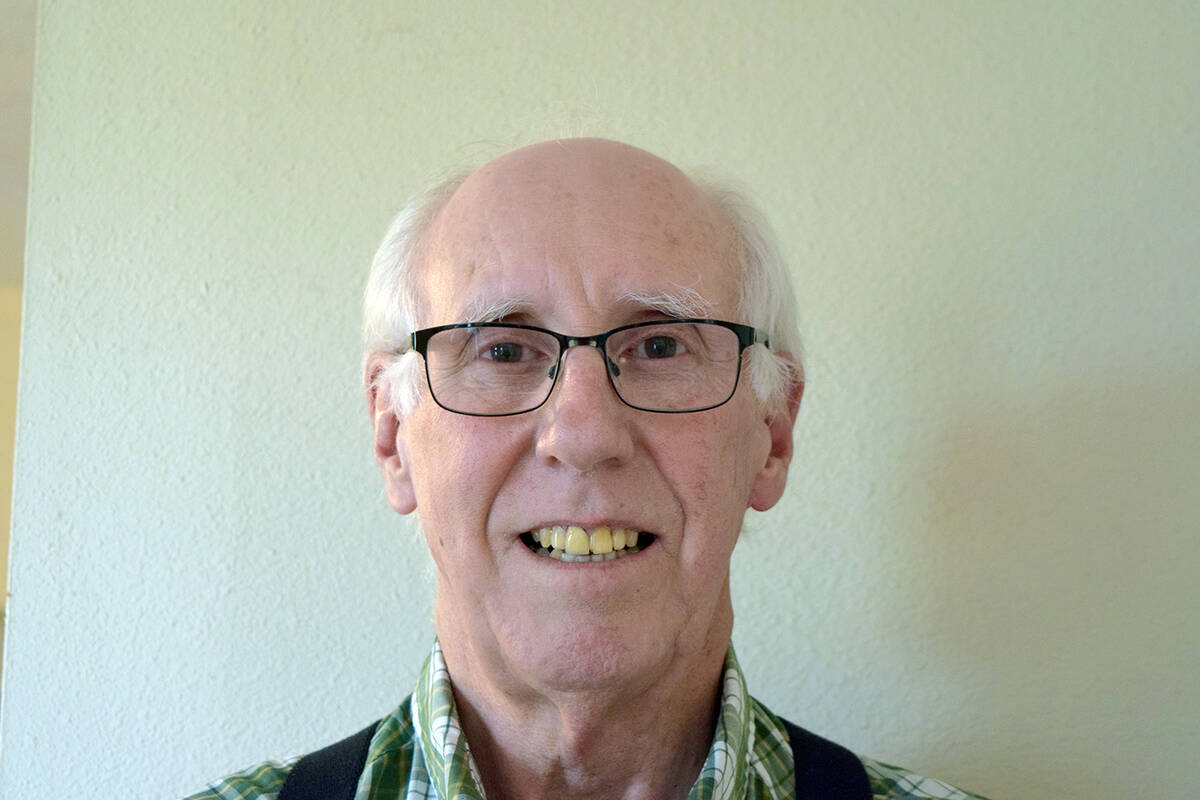Nevada’s Yesteryear: Camels hauled salt to Austin’s mills
The mining town of Austin, Nevada, didn’t really get firmly established until the early 1860s, on lots laid out by a man selling some of them for $10,000 each and getting his price, too.
But the little mining community did prosper, and historian and author Gerald Higgs said by 1863 it had a population of 10,000.
He writes: “When it was made the county seat for Lander County on Sept. 7, 1863, it had two hotels, seven stores, a newspaper (Reese River Review), six mills, 400 permanent homes, 3,000 not-so permanent dwellings, 25 saloons, a Wells Fargo office and money … all kinds of money! And very little of anything smaller than a $20 gold piece.”
Austin was putting out about $200,000 per day in precious ore.
“It had churches, five clergymen, a lumber mill, 15 doctors, 60 lawyers and 6,000 claims, just to keep the lawyers busy,” Higgs wrote. By that time alone, he said, “It (Austin) had shipped $6 million worth of ore.”
Prosperous as it was, Austin did lack a very important item … salt, and a tremendous amount of it was needed for use at the mills in the chlorination process of ore recovery.
Historians say the nearest supply of such huge amounts of salt was at least 100 miles away on the Esmeralda marshes of the Great Basin and that created another larger problem: one of transportation as Austin had no railroad at the time.
However, earlier in the mid-1850s, Sen. Jefferson Davis of Mississippi, later secretary of war under President Franklin Pierce, and future president of the Confederacy during the Civil War, had envisioned a herd of camels to be used as “beasts of burden” in the American Southwest. That in itself is a most interesting story.
In the long run, though, the U.S. Camel Corps didn’t work and the plan was abandoned. Some were sold to zoos or circuses, some auctioned off.
Nine Bactrian camels sold at auction came into the possession of one of the mills in Austin, but the name of that mill is not mentioned.
Bactrian camels are from the steppes of Central Asia. They have two humps on the back, in contrast to the single-humped dromedary camel.
Mill operators thought they could use the camels to freight the salt.
Higgs writes: “They must have been successful for several years, carrying during that time an average of 700 pounds of salt apiece on each trip.”
Later, the camels were used for hauling wood around to other parts of Nevada. More camels were imported in support of the first nine.
However, over time it was discovered that the foot pads of the camels were not suited for the type of desert that Nevada is, “getting pretty cut up.”
So, this idea too, was abandoned and the camels were turned loose to fend for themselves, wandering the high desert of Nevada as they pleased. As late as the early 1900s sightings of feral camels might still be reported from Mexico to Arkansas.
Historians note the last known reported sighting occurred in 1920, although accounts do vary.
If that be so, then the American Southwest, Austin and other parts of Nevada, too, were once home to a herd of Middle-Eastern or Mongolian camels for 56 years.
A supposed photograph exists of a camel outside a store somewhere in Nevada, printed in that time period, but it may have been edited, then or later, as the camel appears in silhouette and doesn’t look real.
There is much more to the story of the U.S. Camel Corps and its involvement in our state in a number of other articles and publications. It amounts to yet another interesting task when you go looking for Nevada’s Yesteryear.
(Adapted from a story by Gerald Higgs, 1976, and Harold’s Club, 1947)
Dave Maxwell is a Nevada news reporter with over 35 years in print and broadcast journalism, and greatly interested in early Nevada history. He can be reached at maxwellhe@yahoo.com.












